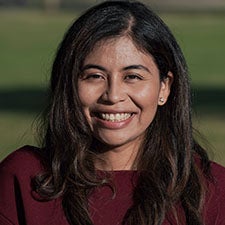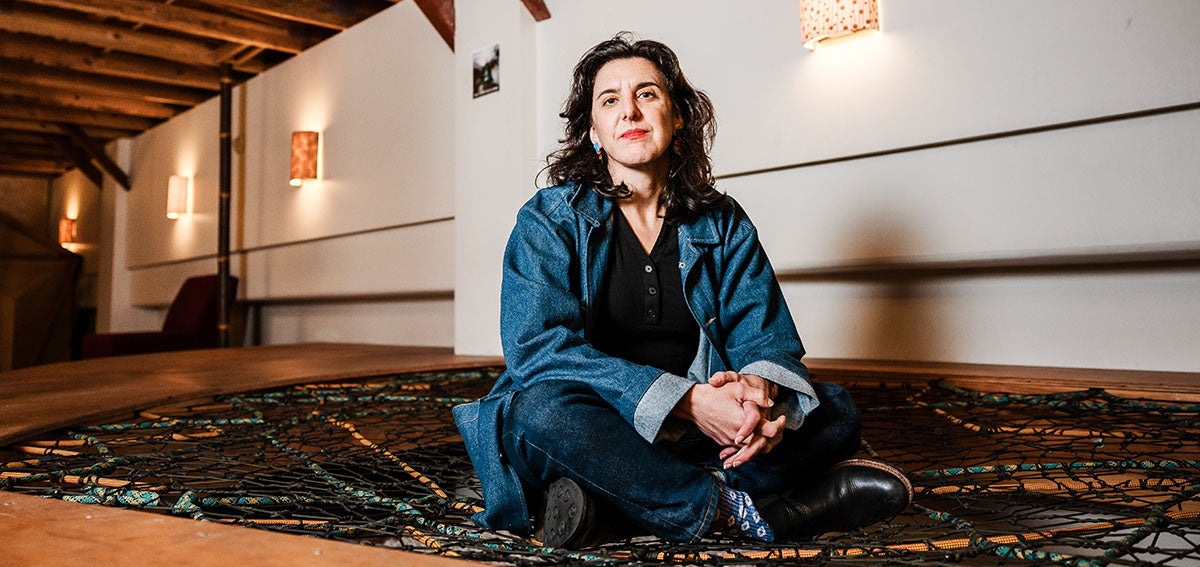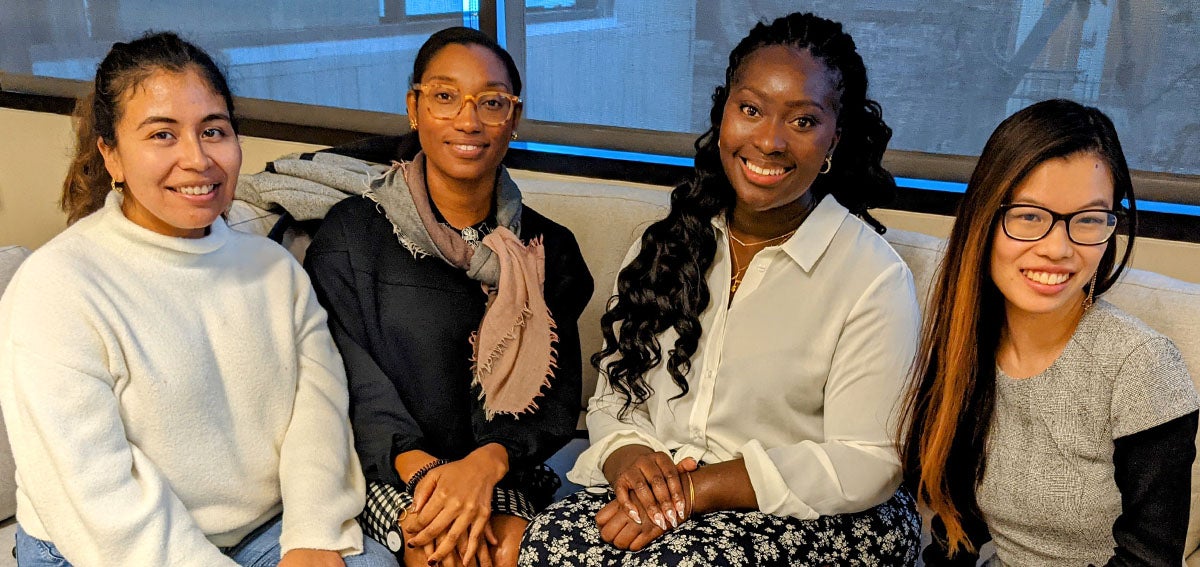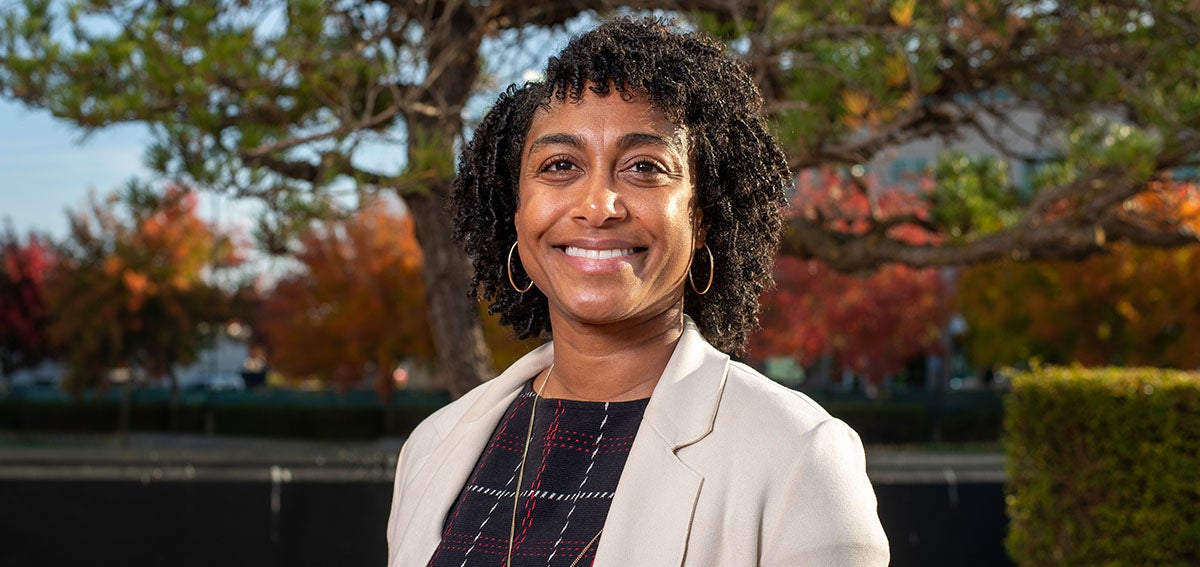|
Getting your Trinity Audio player ready…
|

When I was growing up in Los Angeles in the ‘90s, my mom and I often found ourselves riding in my aunt’s car, looking for something new and fun to do. One sunny Saturday afternoon, we were on a mission to find “el observatorio,” or the Griffith Observatory, a landmark that none of us had ever seen but that my aunt had recently learned about at her housekeeping job.
We were driving around in Los Feliz, a part of town none of us knew well, and we got lost. We stopped at a gas station to ask for directions. “Ve, anda, ¡pregúntales cómo llegar al observatorio! ¡Tal vez nos dan la dirección!” my mom and aunt urged a 9-year-old me. I felt nervous. I had no idea what the English word for ‘observatorio’ was. Truth be told, I didn’t really understand my aunt’s description of what went on in this place. “Excuse me. Do you know where the ‘auditorium’ is? The place where you go to see the stars?” I sheepishly asked a stranger in English.
“Auditorium? You mean the observatory?” I nodded. Aha! That’s what it was called in English! The stranger proceeded to quickly rattle off so many streets and directions that my eyes glazed over as my brain tried to comprehend the foreign language that I technically knew but could not, at that moment, make sense of.
“You got all that?” the man said.
I smiled, thanked him, and walked back to my mom and aunt, who had watched the interaction from a short distance away. “¡¿Y?! ¡¿Que te dijo?!” they asked excitedly.
Sadly, we didn’t make it to the Griffith Observatory that day, although we caught some nice views of it from the car. As hard as I tried to understand what the stranger told me in English, I had no idea what “Griffith” or “trailhead” meant. Riding in my aunt’s car, we laughed away the rest of the afternoon, making the best of our mini-adventure in an affluent neighborhood that was very different from our part of town.
That was not the first or last time I was asked to translate Spanish and English to bridge different worlds. In this instance, not having the “right words” meant we couldn’t get to the observatory. The lack of access to more important things —health care, education, housing — is felt by millions of Californians who don’t have the means to speak for themselves.
In my earlier years, I translated for my family. I helped my parents review mail and screen telephone calls, and I pretended to be “la señora de la casa” when I got on the phone with customer service reps to make changes to our family accounts — all important tasks that had to be done in English. Translating required that I creatively string together enough of the words I knew in both languages to make sense of whatever grown-up business my parents had. A well-worn Spanish-to-English dictionary helped, but conveying meaning wasn’t as easy as looking up words. It required a more nuanced understanding of words and the actions they require in response. It required interpretation.
From Translation to Intepretation
It was in college when I noticed what an asset it was to be proficient at interpreting meaning instead of just translating words. Interpreting is translating the meaning of the words that are said and the words that are not. Interpreting came in handy when I volunteered at the busy county courthouse in downtown Los Angeles to assist litigants who spoke only Spanish. They couldn’t afford lawyers to complete long and confusing forms.
Knowing the word-to-word translation didn’t do much to help people with court documents like orders to show cause, a petition for a divorce, or a petition for a restraining order. What they most wanted was to express in these cramped legal forms the magnitude of their personal situations. My ability to hear and understand their stories and offer my interpretation of the most relevant facts proved invaluable. People often shared that they would not have been able to engage with the courts if someone like me—someone like them—had not been there to help.
Translating, interpreting, and decoding jargon are core parts of my lived experience that imbue my professional self and my work at the California Health Care Foundation. In 2020, CHCF launched the Homelessness and Health Care body of work, a work priority that aims to understand and respond to the homelessness crisis in California by identifying the unique role health care can and should play. Over the last four years, before and since joining CHCF, I have worked at the local level in Los Angeles and at the state level to maximize opportunities for stronger cross-sector partnerships between the health care and homeless response systems. Systems change work is crucial to building a safety net that all people can access, no matter where they live.
In my professional role, I have felt most comfortable and “expert” when sifting through the nuance to draw clear connections and distinctions between concepts. I’m no stranger to poring over guidance on homelessness programs from the US Department of Housing and Urban Development or listening to Medi-Cal webinars presented by the California Department of Health Care Services. I have had “aha!” moments realizing that “housing” means something different to a physician than it does to me, a person who came into this work focusing on homelessness policy. My contribution is to perceive this misalignment and to give voice to it, no matter how obvious or dumb it may feel to ask experts, “What do you mean when you say ‘housing?’”
All those times I had to muster the courage to ask for directions to the observatory, the store, or the school, were practice for today, asking the simple but fundamental questions to get us on the right path. In health care, systems integration is a massive policy, funding, and administrative undertaking, but it’s also a practice in communication, shared values, and mutual understanding. I have been more adept at the “perceiving” part, and now I am turning my insights into solutions. “What should ‘housing’ mean to the health care system?”
Meaning into Action
My experiences as a translator enable me to see the world from multiple perspectives and understand the realities of people walking different paths. At CHCF, I have discovered how listening and learning from lived experience, especially my own, are among the most important things I can do. My lived experience can and should determine how I represent, reflect, and give voice to the communities I belong to. By holding these multiple perspectives, I can help lift up the voices of others to encourage the health care system to deliver responsive care to people experiencing homelessness by attending to their physical health needs and ensuring they have safe housing.
The goal we are all driving toward is an equitable and just health care system that brings a sense of well-being to people in need. On this adventure, I hope we can reach this beautiful destination and gaze together at the inspiring view.
Authors & Contributors

Dalma Diaz
Dalma Diaz is a health equity fellow at the California Health Care Foundation, where she works with the Advancing People-Centered Care team to improve care delivery and outcomes for Californians experiencing homelessness, particularly those with complex health needs who have not been well served by the status quo.
Prior to joining CHCF, Dalma was the strategic initiatives manager for the Home For Good initiative launched by United Way of Greater LA in 2010 to end homelessness in Los Angeles County. Most recently, her work at United Way focused on supporting cross-sector collaboration at the intersection of health and homelessness. She began her career focused on the education sector and later made homelessness her central interest. Dalma received a bachelor’s degree in political science from UCLA and a master’s degree in urban education policy from Brown University.

Alex Nabaum
Alex Nabaum has been a freelance illustrator for 20 years. He grew up in Colorado but currently skis in Wyoming-Idaho with his kids. Previously he has worked as a KFC fry cook, grocery bagger, library shelver, treadmill tester, caricature artist, t-shirt designer, and newspaper staff artist.
His illustrations have appeared in the pages of the Wall Street Journal, The New York Times, National Geographic, Backcountry Magazine, and on the covers of Newsweek, Forbes, and ESPN.





